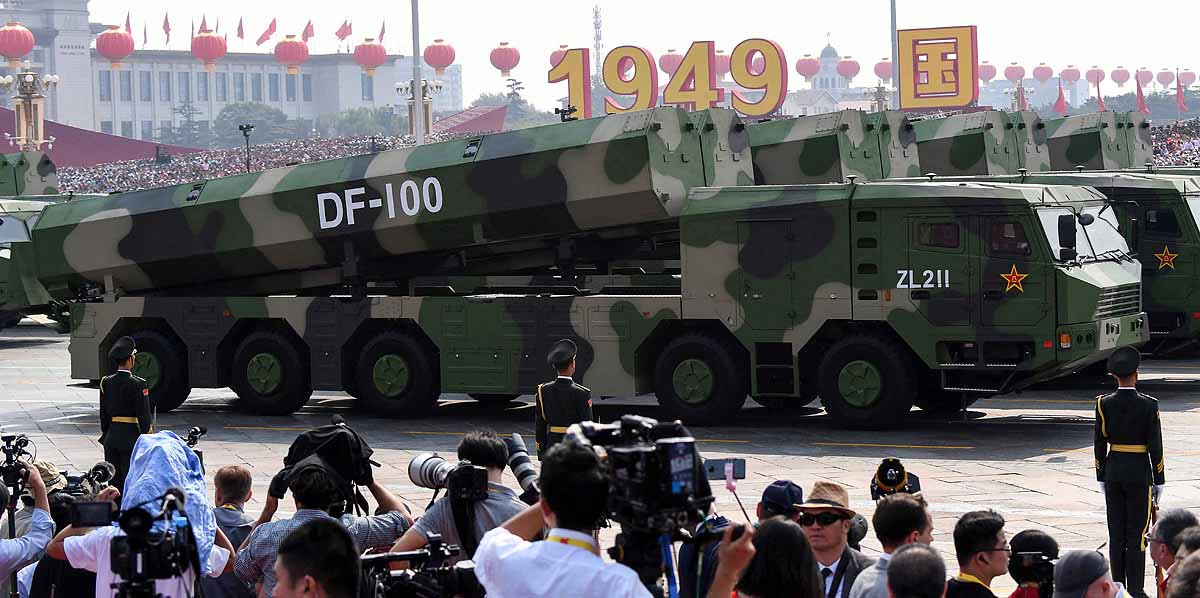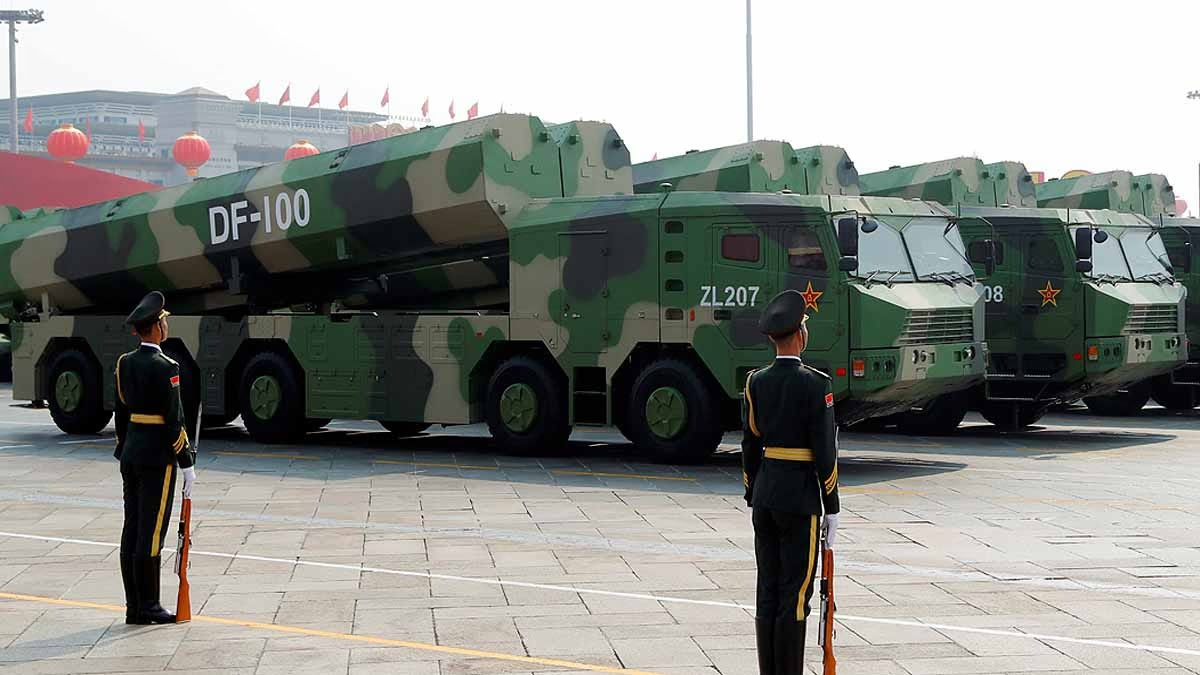On November 17, 2024, not only did India test its hypersonic missile, but China also extended the range of its supersonic cruise missile DF-100, also known as Dongfeng-100. This missile, typically classified as supersonic, could be transformed by China into a hypersonic land-attack cruise missile (HLACM).
With HLACM capabilities, the missile can strike targets within a range of 4,000 kilometers at an astonishing speed of 6,100 km/h. The incredible precision of this missile, with accuracy within one meter of the target, makes it exceptionally lethal. For launching, China utilizes its H-6K bomber.
Previously, the missile range was 2,000 to 3,000 kilometers, now extended to 4,000. It employs a 10x10 transporter erector launcher but can also be launched from bombers. This missile now speeds at 4,700 km/h over 4,000 kilometers.

Source: aajtak
Equipped with Advanced Guidance System
Upon launching, the missile ascends to a height of 30 kilometers before approaching the target. Its flight altitude is strategically managed to withstand minimal atmospheric pressure and evade radar detection. The guidance system boasts inertial navigation, terrain matching, scene matching, and satellite positioning, leaving no escape for enemy targets.
This missile, with a length of 9 meters, can carry weapons measuring 0.7 to 1 meter in diameter, weighing about 500 kilograms. Its ramjet engine powers it to reach 6,100 km/h. During the weapon's glide phase, it can change direction even at high speed, making it impossible for air defense systems to intercept. It can also attack moving targets effectively.
Targets US-Japan Military Bases
Initially limited to targeting Taiwan, South Korea, Japan, and the Philippines, its range now threatens US military bases in Guam and other sites in Japan. This missile poses a significant threat to stationary and moving naval vessels, perpetuating danger in the Western Pacific Ocean.




